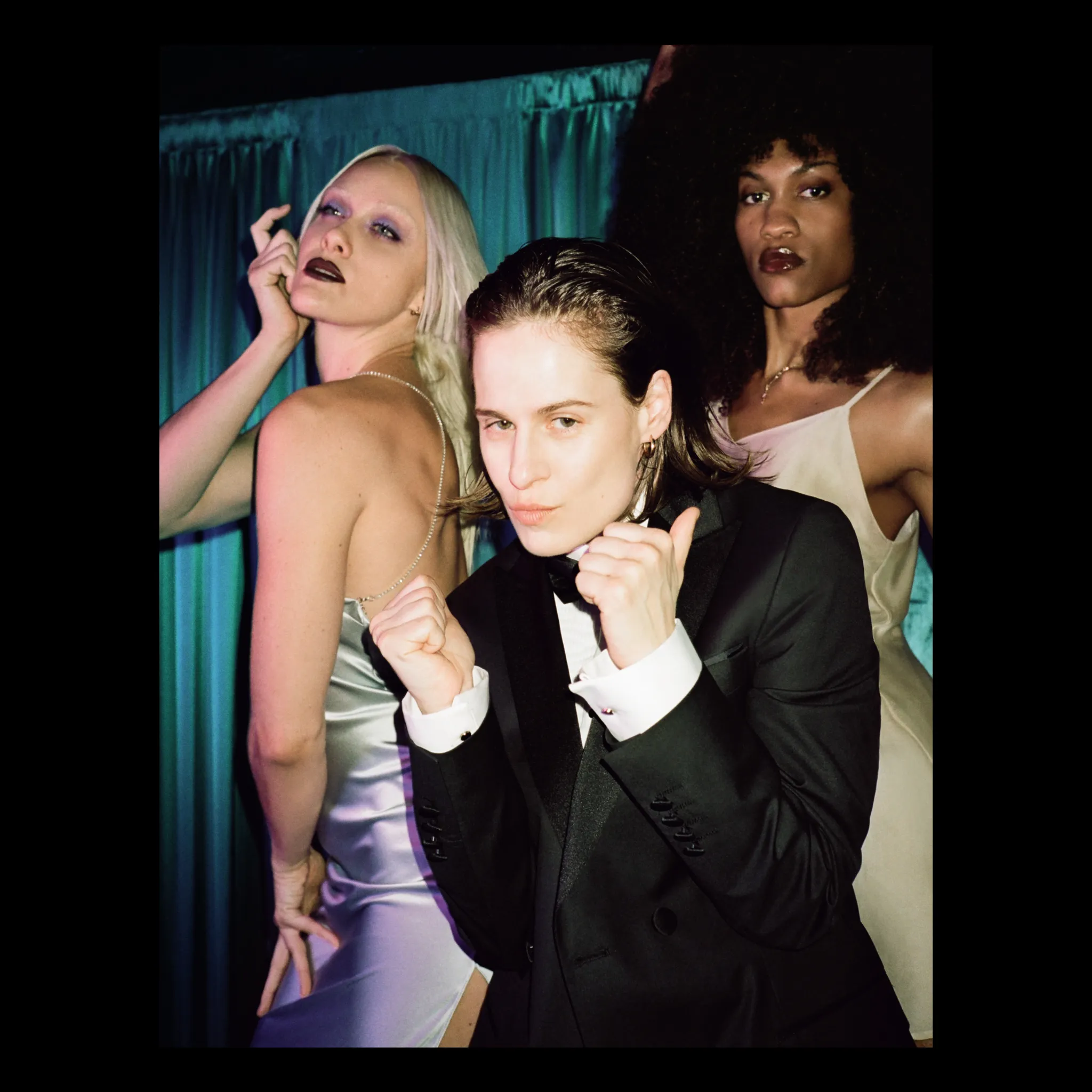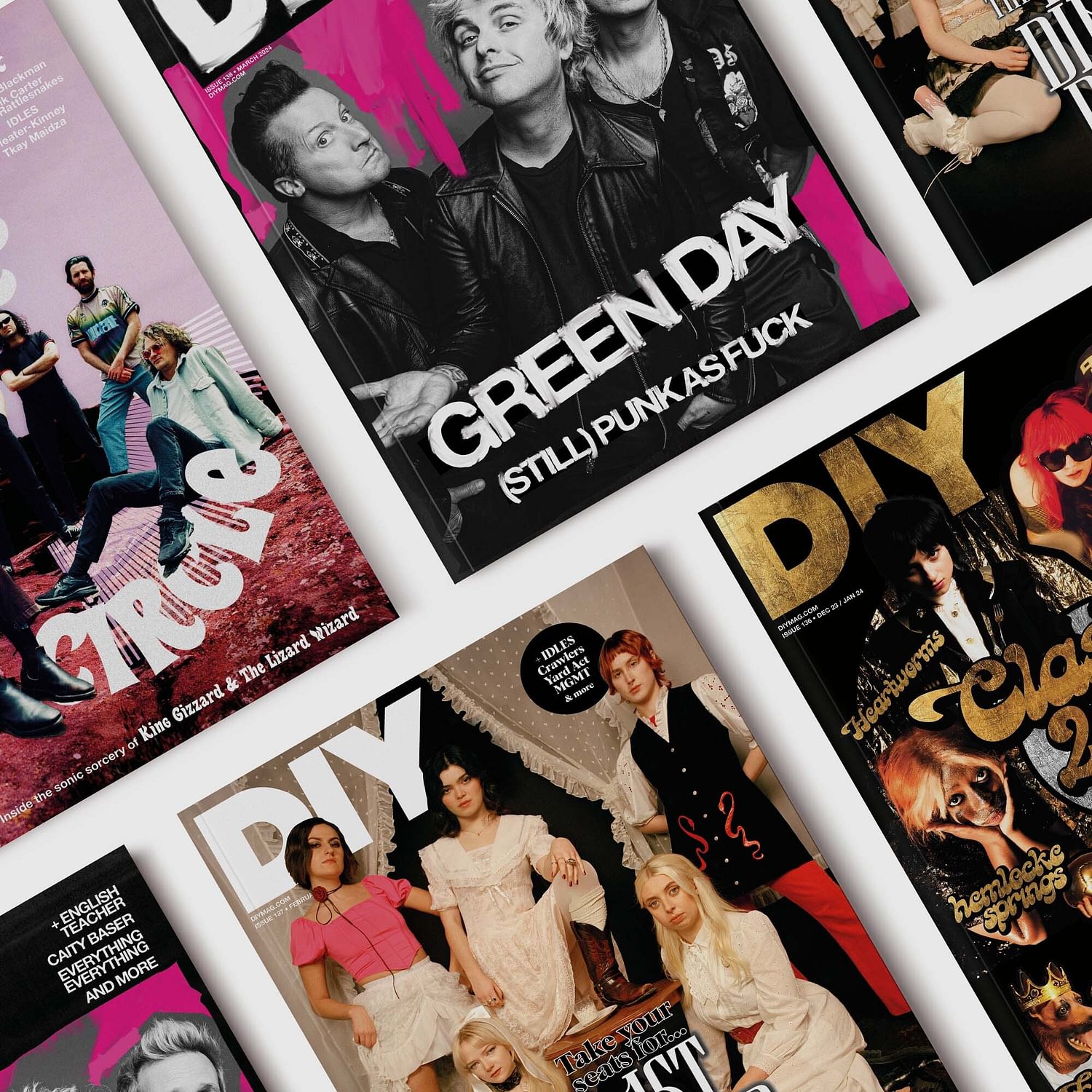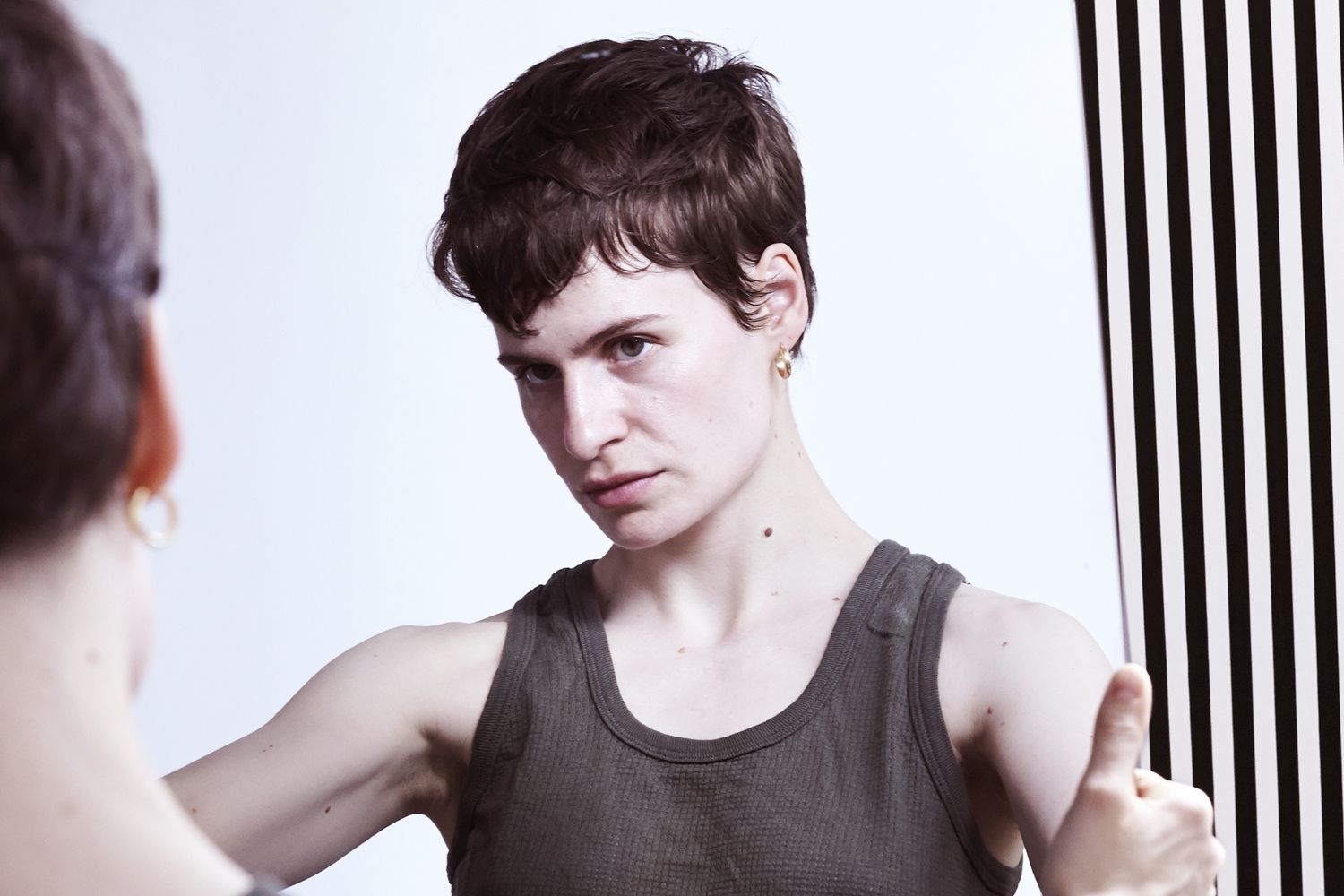
Cover Feature Dirty Dancing: Christine & The Queens
After a meteoric rise following the release of her debut album, Héloïse Letissier is back with its slick and sexy follow-up, and she’s out to prove one thing: nobody puts Chris in the corner.
Two years on from the original release of debut album ‘Chaleur Humaine’ in her home country, a strange set of circumstances led to Christine and the Queens, then a freaky French outsider, suddenly infiltrating the mainstream.
First came her rendition of ‘Tilted’ on Later… with Jools Holland, which blew the lid off most other static, staid performers. Then, after Graham Norton read about her by chance in an inflight magazine, he booked her for his own show following a cancellation from Drake (thanks, Aubrey!). Suddenly, her uniquely expressive choreography, curiously-told stories and sharp-tailored suits had found an audience of almost four million unsuspecting viewers. A career-defining performance at Glastonbury ‘16 - the very same day that hundreds of thousands of sleepy campers discovered that the UK had voted to leave the EU - followed. “The elements were wild, people cowered under the rain, Brexit happened, and there was a sense of, let’s try to transcend this weird situation,” the singer remembers today.
The rest, as they say, is pop history. ‘Chaleur Humaine’ became the fastest-selling debut of the year, with a million copies sold across the world. By the end of the whirlwind, she was back where she began on Jools; this time as the star of the New Year’s Hootenanny. It was a surreal whirlwind for an artist that began on the fringes, and it’s obvious, two years on, that it’s given her a boost of super strength. “I do want to turn your world upside down, you get it?!” she jokes today. “I’m not here to just excite you. I’m here to take your place! No, no, but I am here to reverse things a bit,” she revises. “Being a woman in power made me think about how disruptive I could be.”
In pressing the detonation button on this new era, Christine and the Queens first disrupted what she had already built. Taking a pen to her moniker and scribbling out the majority of her name, a sexier, more playful character arose out of the radical softness of Christine. Chris herself was met with positive confusion. “A positive confusion,” she ponders, “I agree with you. Right now I kind of like it when people call me Chris, but I’d say it’s up to you.”
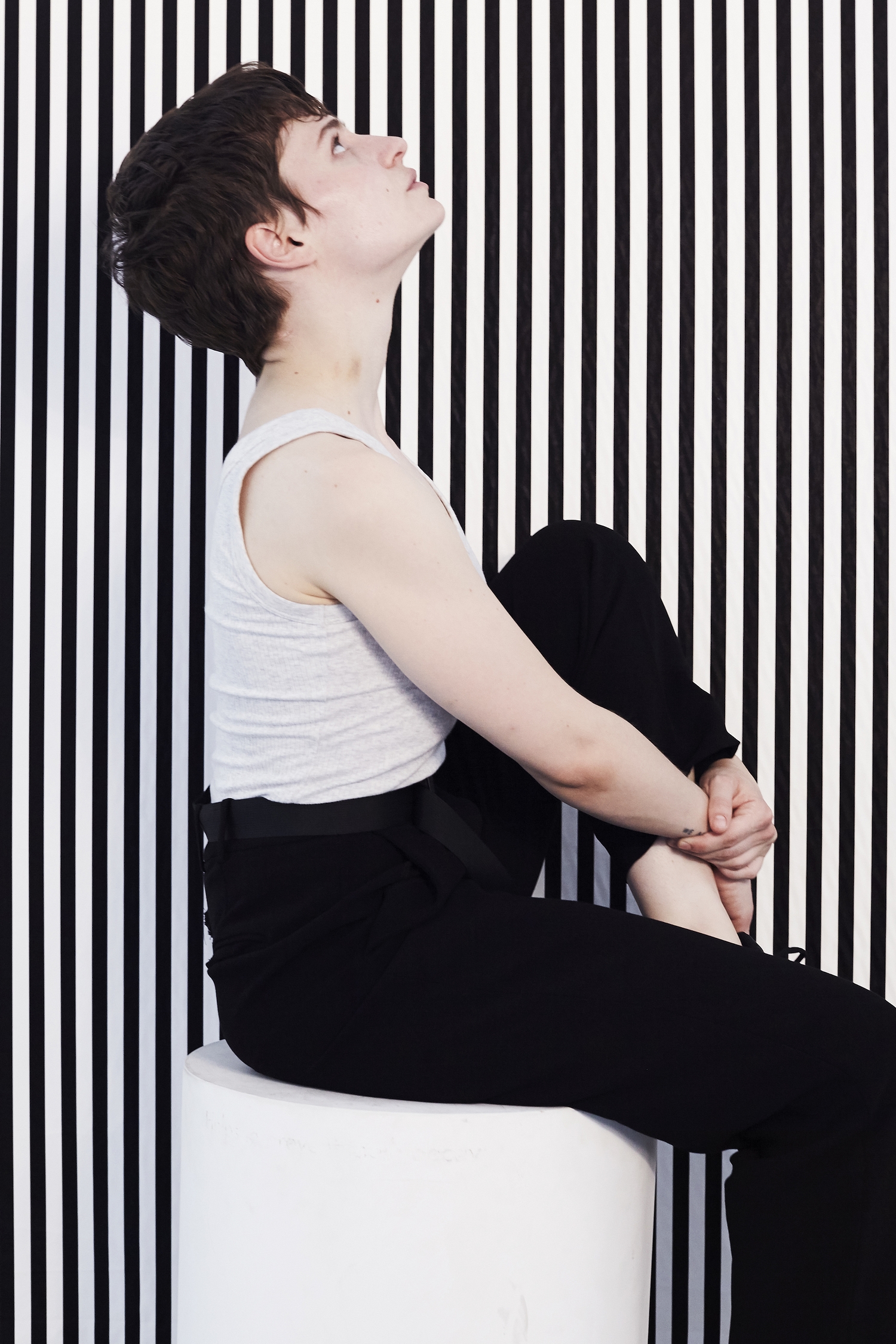
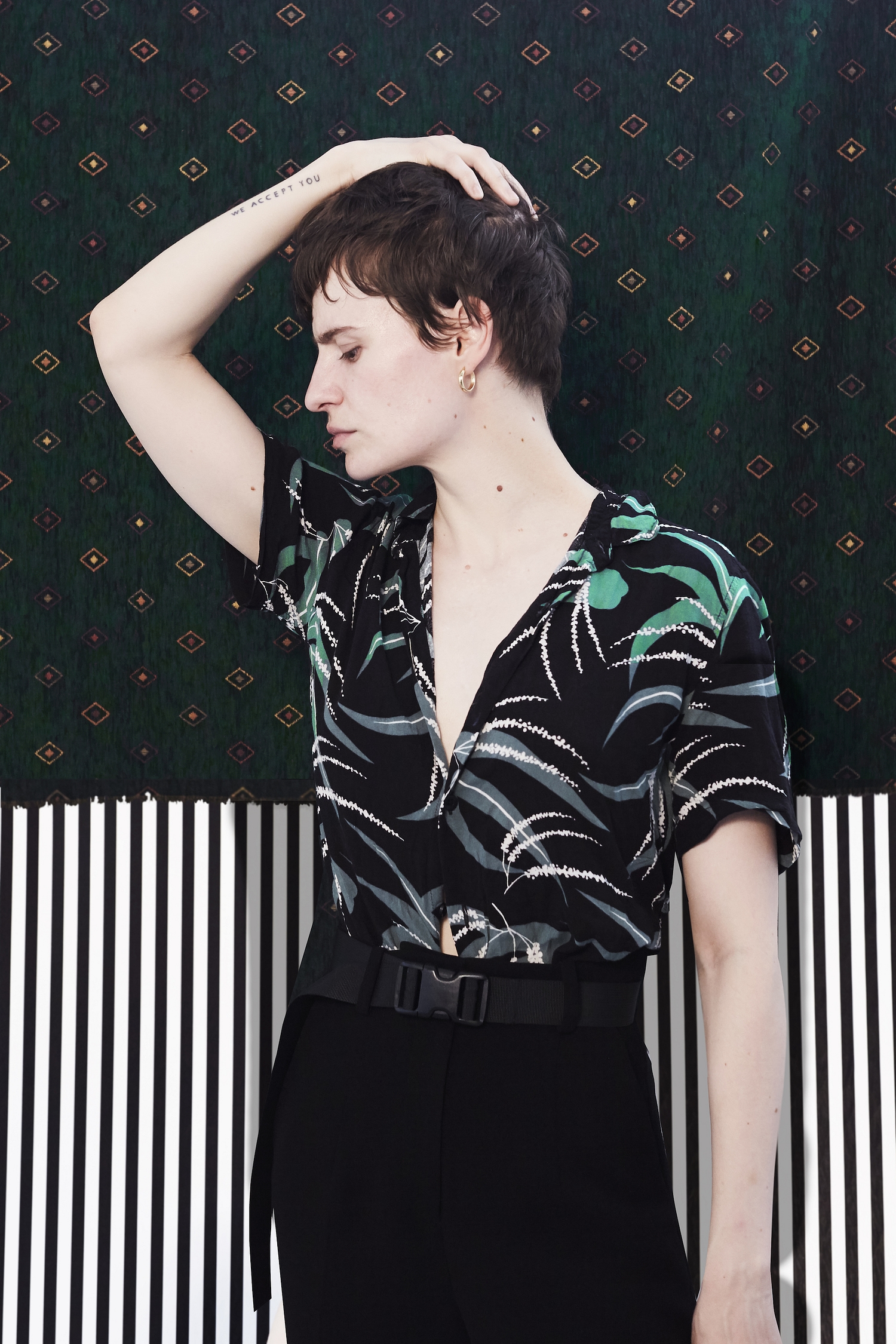
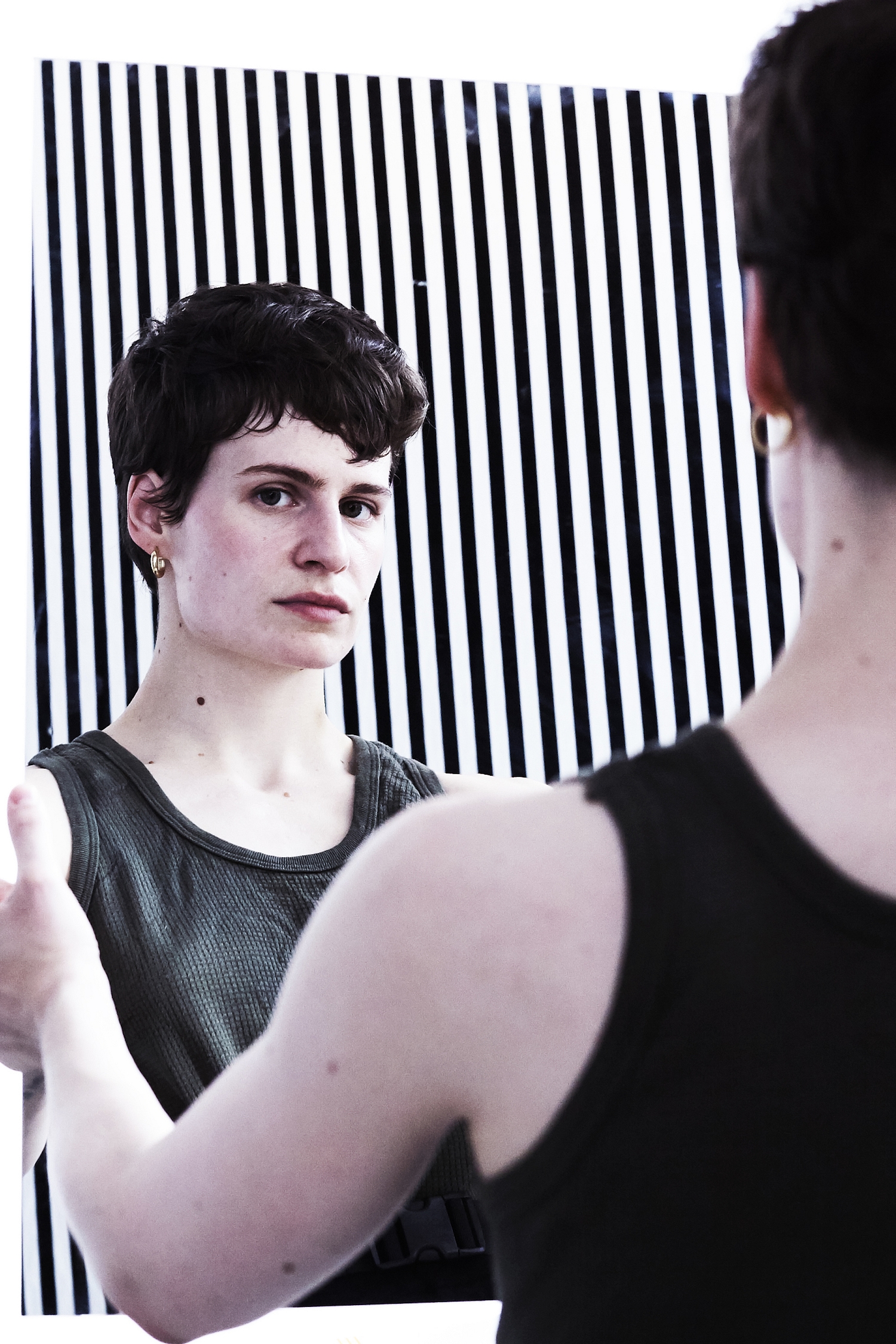
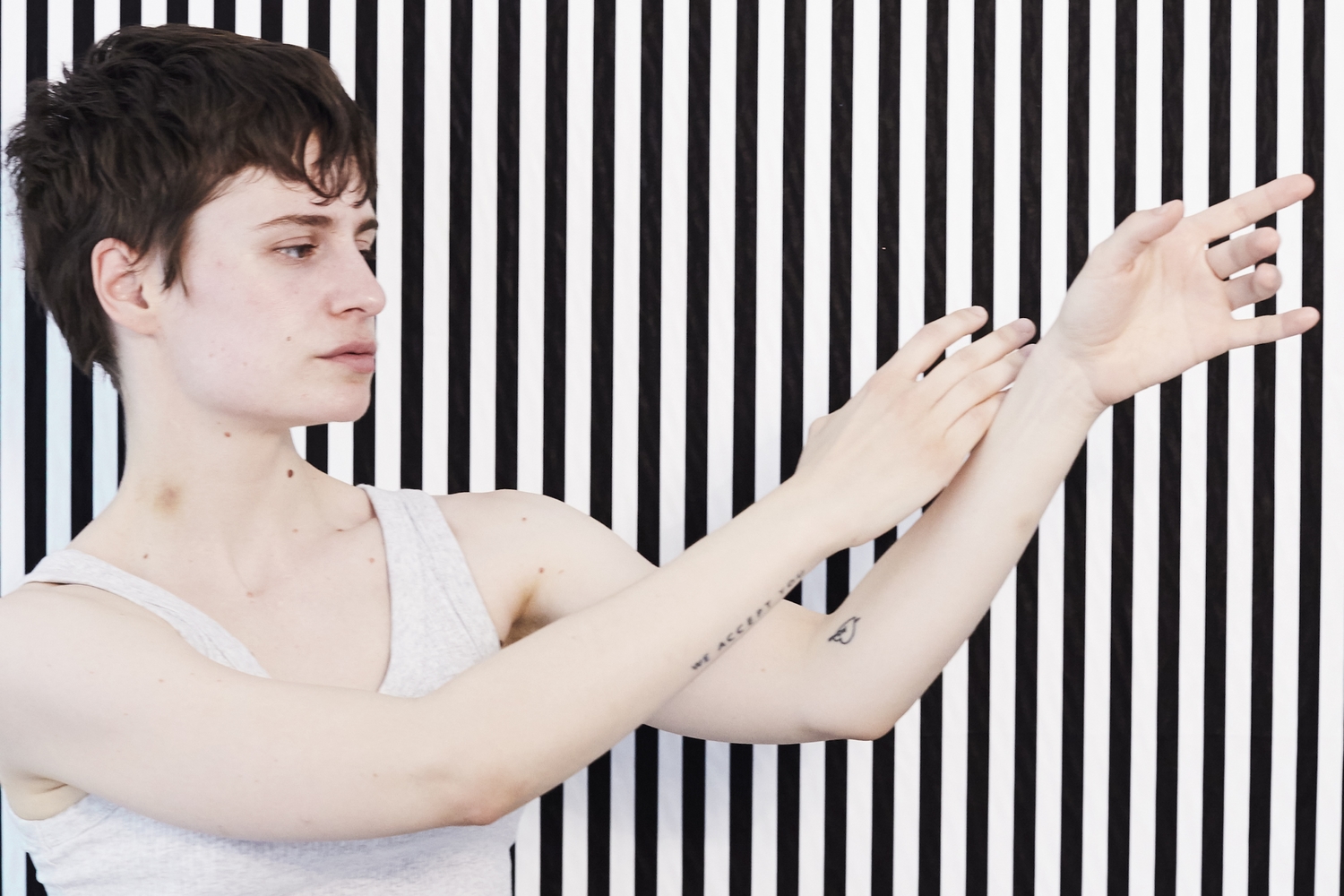
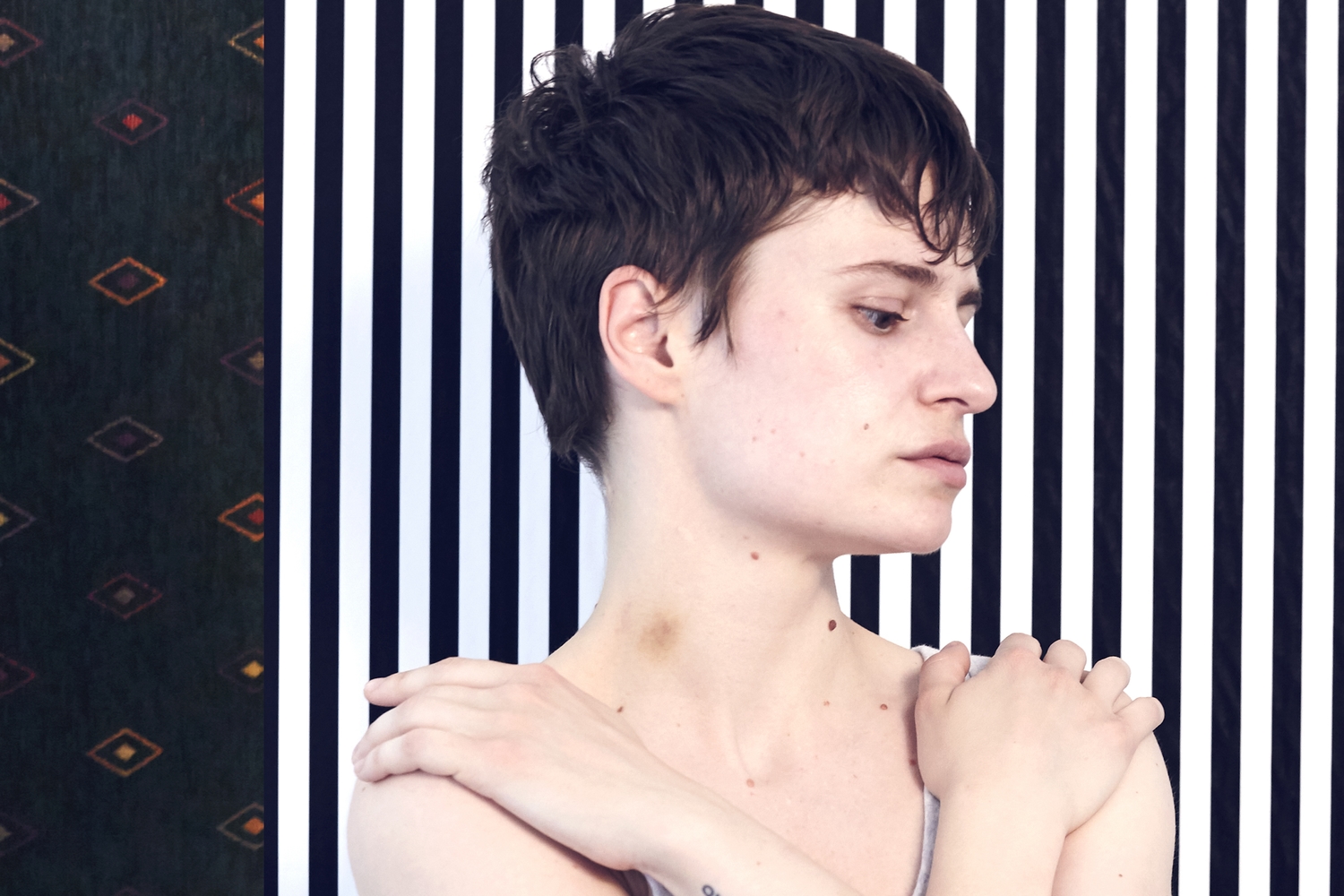

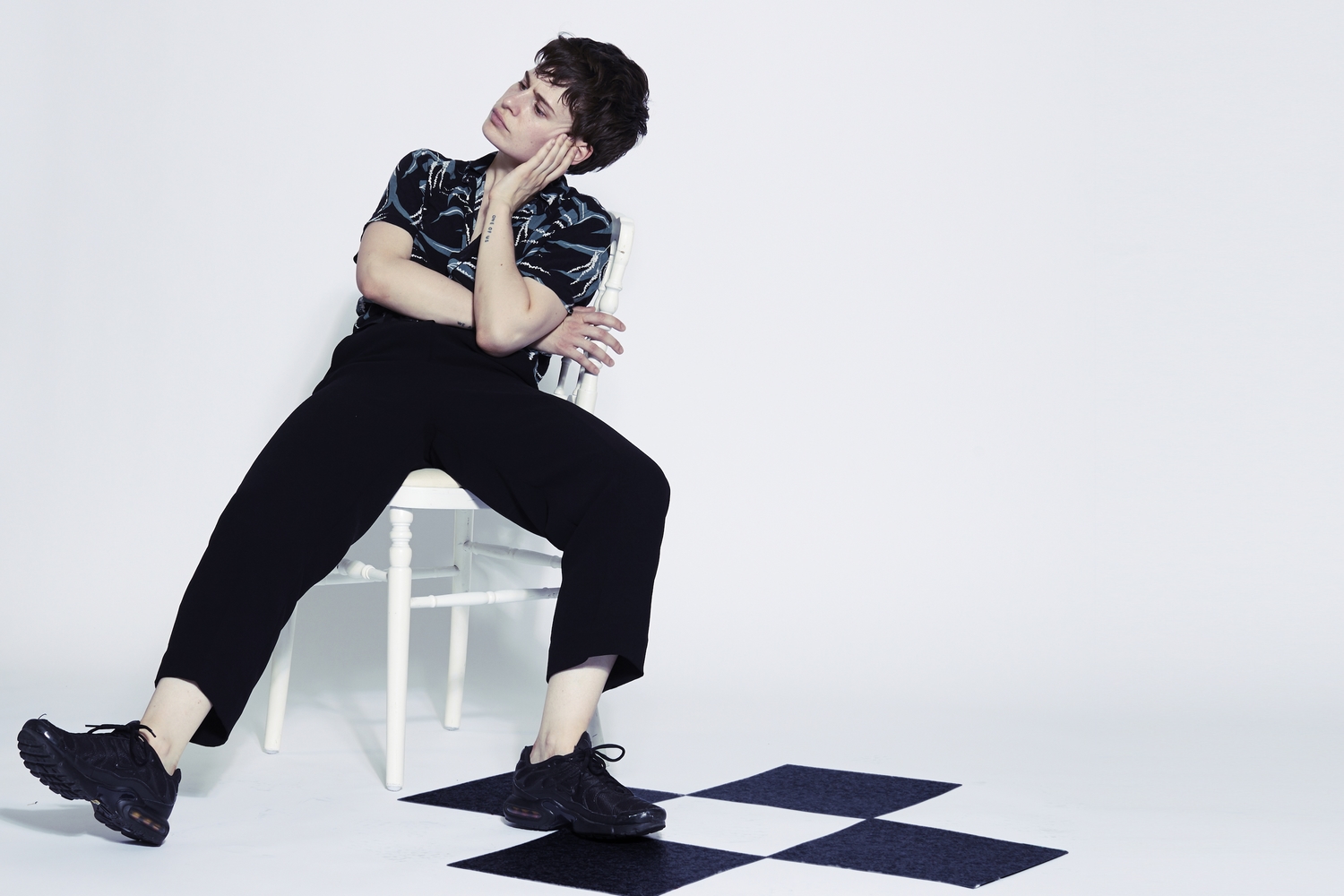
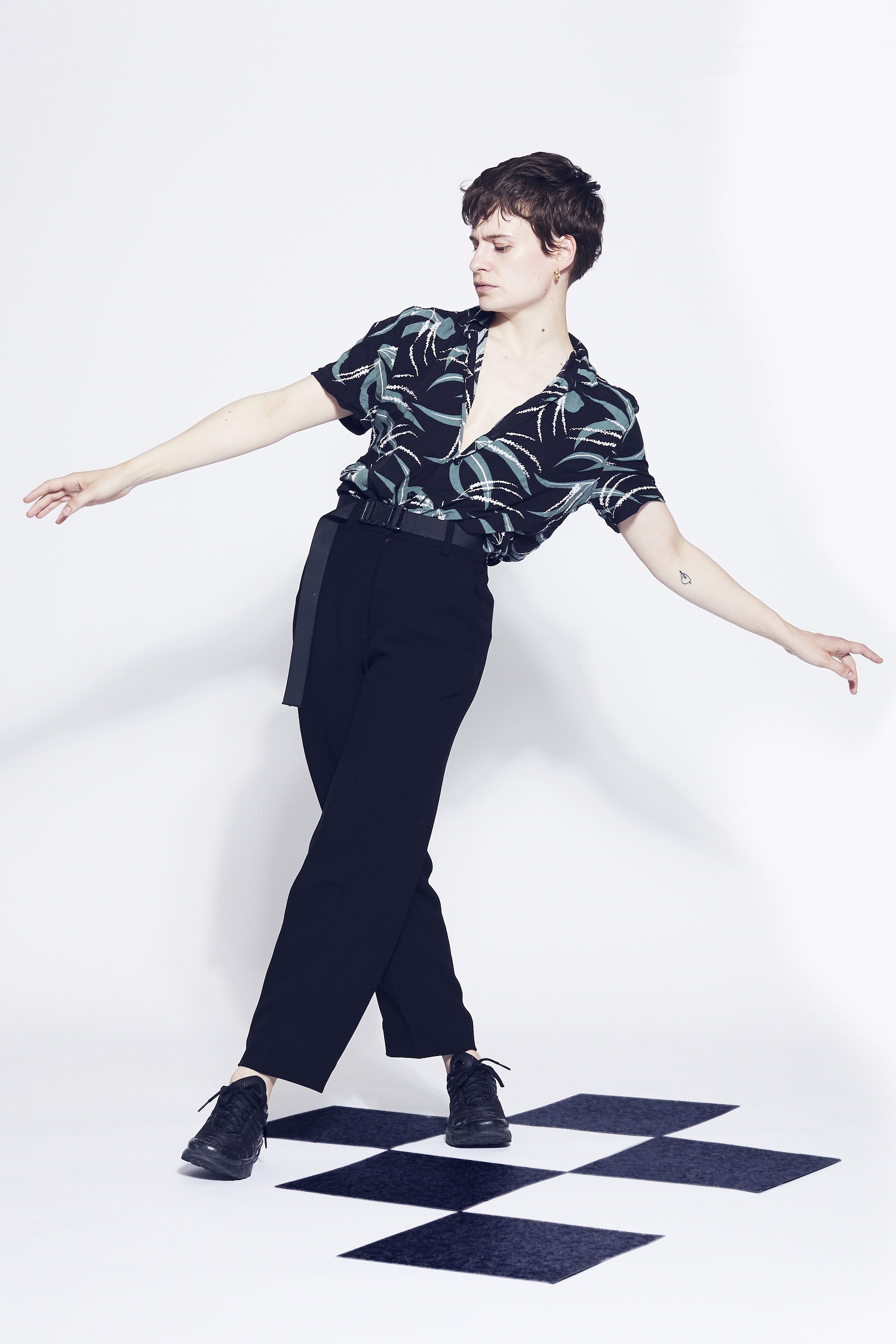

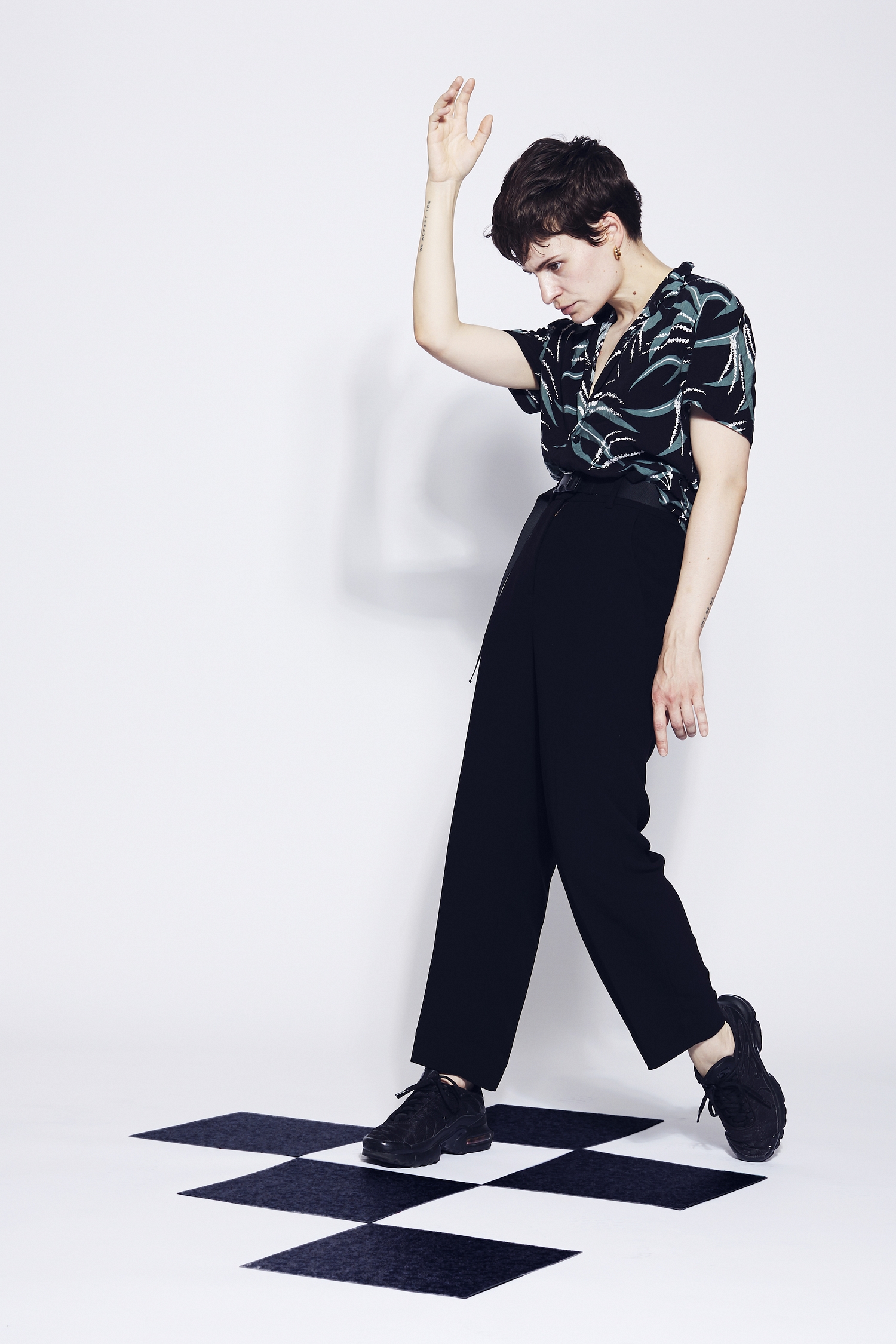
As featured in the September 2018 issue of DIY, out now.
Read More
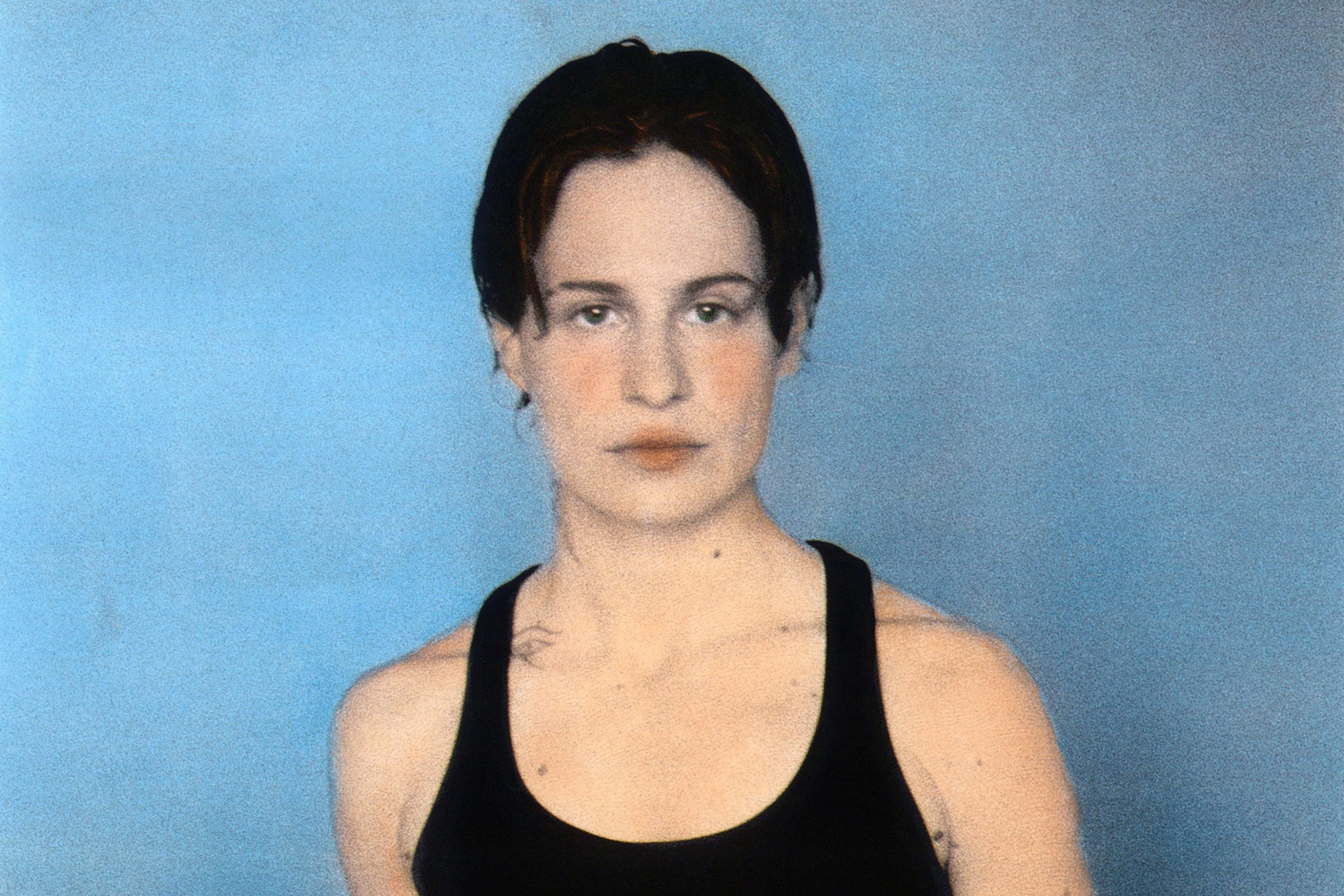
Christine and the Queens drop new song ‘rentrer chez moi’
It's entirely written, composed, and produced by Chris himself.
29th April 2024, 2:04pm
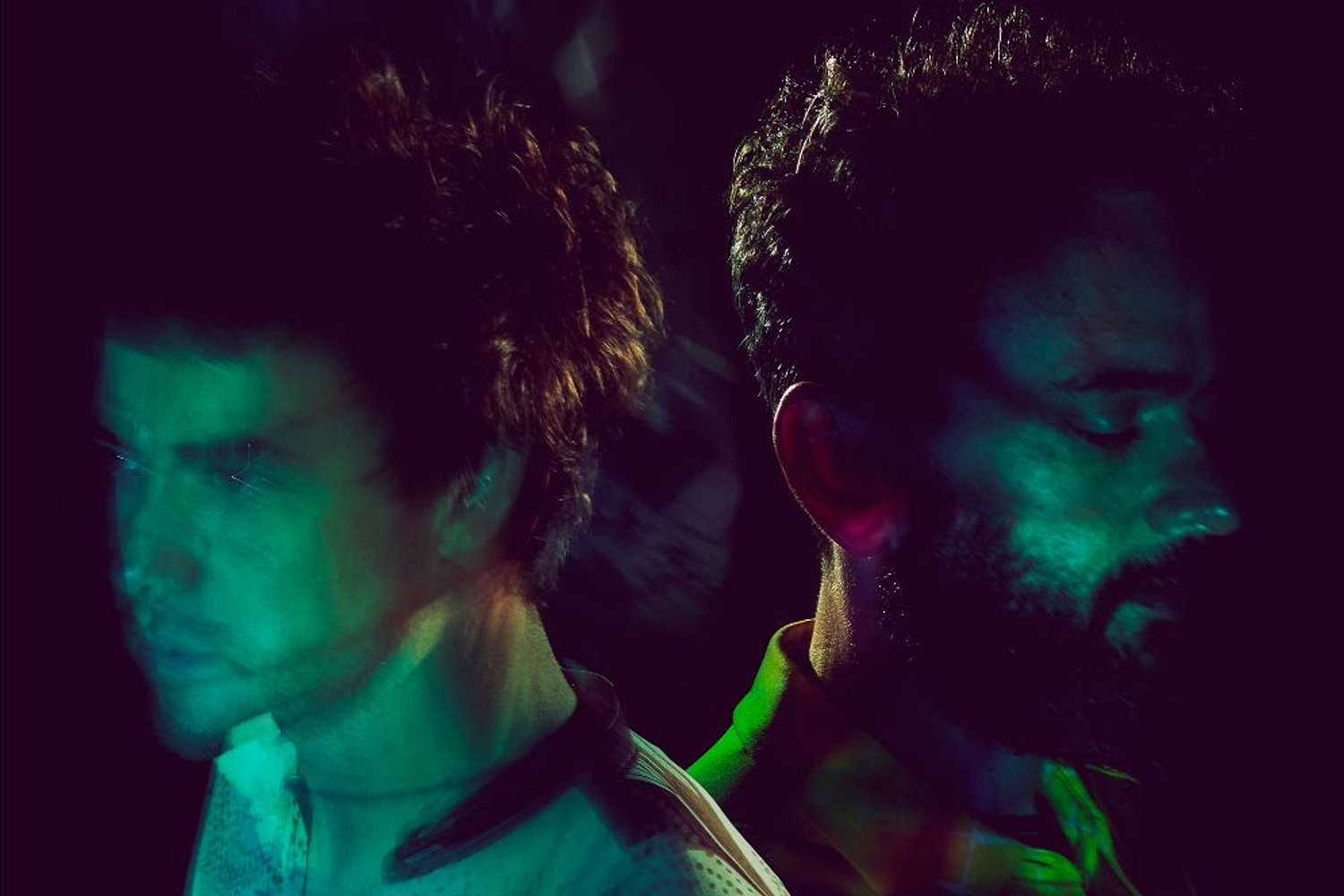
MGMT join forces with Christine and the Queens for final LP preview ‘Dancing In Babylon’
It's the first ever duet on an MGMT album.
20th February 2024, 2:28pm
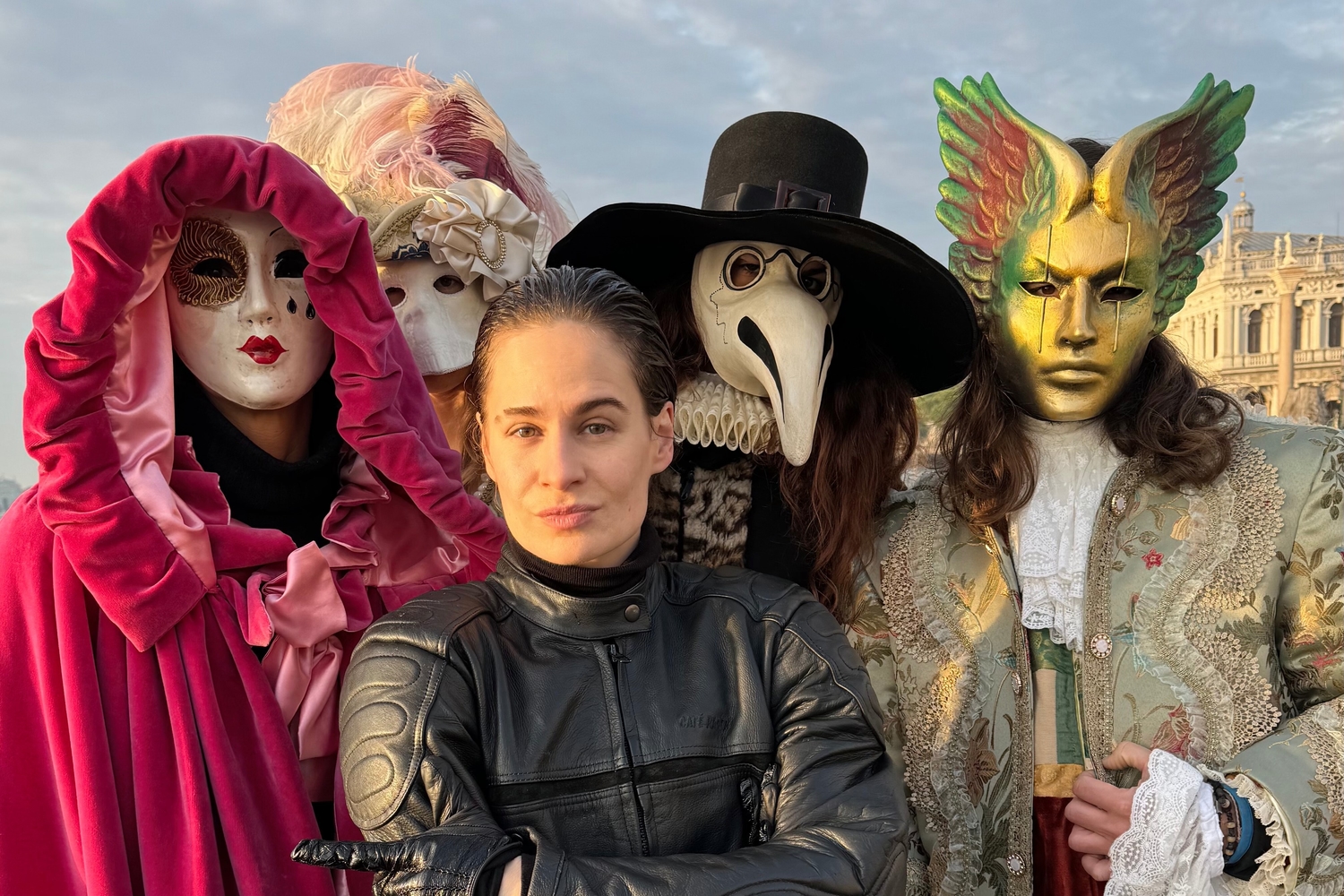
Christine and the Queens drop joyful cover of Bee Gees’ ‘Stayin’ Alive’
He's described the reinterpretation as "our PUNK gesture for a better future".
3rd January 2024, 12:35pm

Christine and the Queens debut new video for ‘Marvin descending’
His headline international tour will kick off tonight in Birmingham.
6th September 2023, 5:10pm
